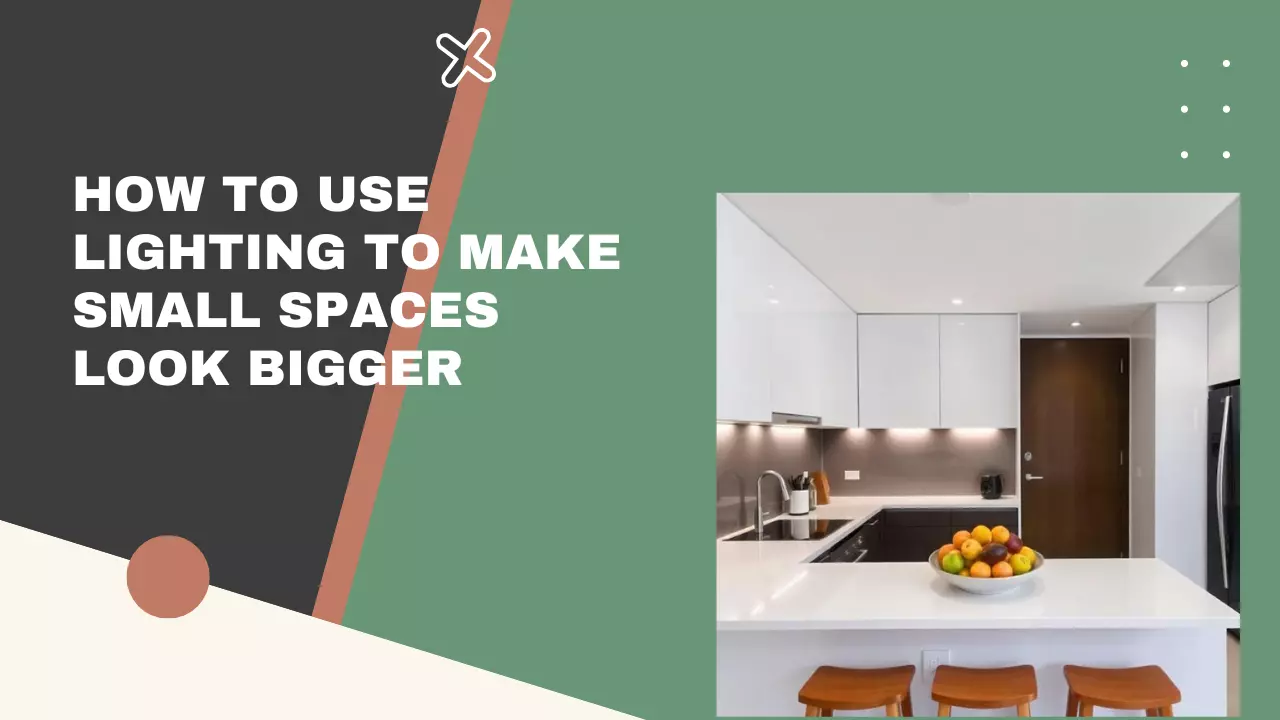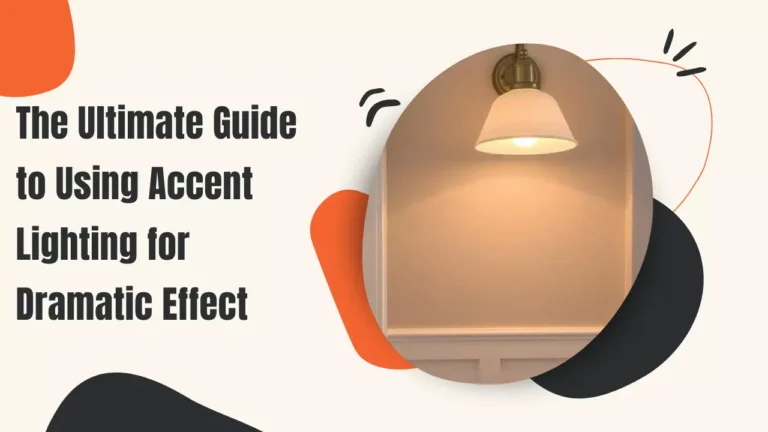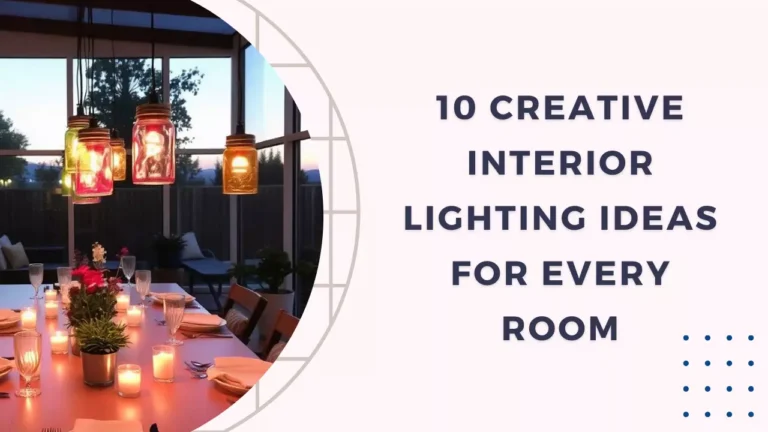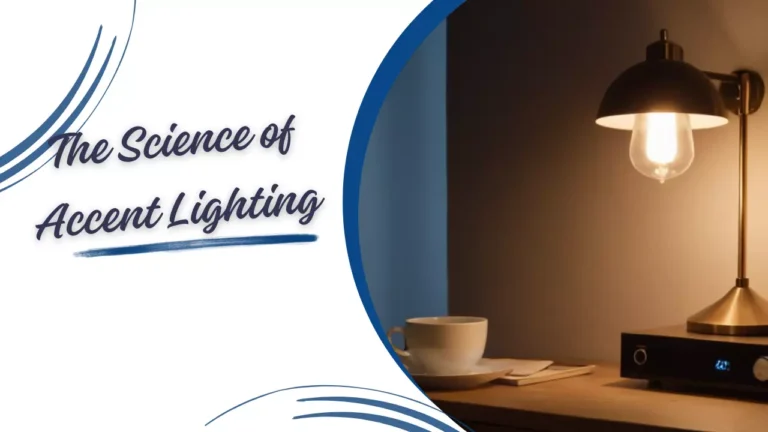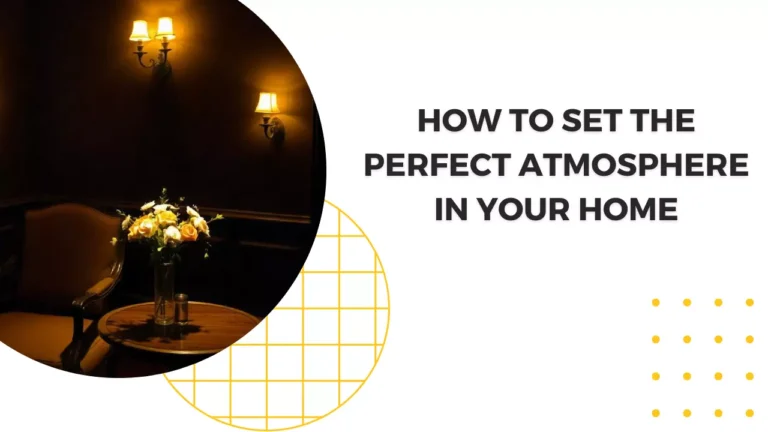How to Use Lighting to Make Small Spaces Look Bigger
Lighting plays a crucial role in transforming the perception of small spaces. By strategically using lighting, you can create an illusion of more space, enhance the atmosphere, and make your small area feel more inviting. In this article, we’ll explore various techniques for using lighting for small spaces to achieve a more spacious look.
Understanding the Impact of Lighting on Space Perception
Lighting is not just about visibility; it also affects how we perceive space. Good lighting can make a room feel larger and more open. Conversely, poor lighting can make a space seem cramped and unwelcoming.
The Basics of Space Perception
When light illuminates a room, it affects depth and dimension. Bright, even lighting can eliminate shadows, making a room feel more expansive. Conversely, dim or uneven lighting can accentuate small areas and create a feeling of confinement.
The Role of Light Color Temperature
Color temperature plays a significant role in how light impacts space perception. Cooler lights (between 4000K and 6500K) make spaces feel larger and more open, while warmer lights (below 3000K) create a cozy, enclosed feeling. Using cooler light in small spaces helps enhance the illusion of space.
Choosing the Right Types of Lighting for Small Spaces
Selecting the appropriate lighting types is key to optimizing small spaces. Each type of lighting has unique effects on how a room feels and looks.
Ambient Lighting
Ambient lighting provides overall illumination and sets the tone of the room. It is essential for creating a balanced light environment. For small spaces, opt for fixtures that provide even, diffused light. This can include recessed lighting, ceiling-mounted fixtures, or wall-mounted sconces.
Recessed lighting is particularly effective because it blends into the ceiling, offering unobtrusive illumination without taking up visual space.
Task Lighting
Task lighting focuses on specific areas to enhance functionality. It is ideal for small spaces where you need extra light for activities like reading or cooking. Under-cabinet lighting in kitchens or desk lamps in study areas can provide targeted illumination without overwhelming the space.
Under-cabinet lighting also helps avoid shadows and adds depth to the area, making the space appear more open.
Accent Lighting
Accent lighting adds visual interest and highlights architectural features or decor elements. In small spaces, use accent lighting to draw attention to artwork, shelves, or architectural details. This can be achieved with track lighting, picture lights, or LED strips.
By creating focal points with accent lighting, you shift attention away from the room’s dimensions and toward the illuminated features.
Maximizing Natural Light in Small Spaces
Natural light enhances the perception of space and adds a fresh, airy feel to any room. Maximizing natural light can significantly impact how spacious a small area feels.
Use Sheer or Light-Filtering Window Treatments
Heavy curtains can block natural light and make a room feel smaller. Opt for sheer or light-filtering window treatments to allow maximum daylight into your space. This not only brightens the room but also helps maintain a feeling of openness.
Incorporate Reflective Surfaces
Reflective surfaces like mirrors and glass can amplify natural light and make a small space feel larger. Mirrored furniture, glass shelves, and reflective tiles help distribute light more effectively and create an illusion of more space.
Position Furniture to Maximize Light
Arrange furniture to avoid obstructing natural light sources. Keep larger pieces away from windows to allow light to flow freely across the room. This simple adjustment helps maintain a bright, open feel.
Creative Lighting Solutions for Small Spaces
Innovative lighting solutions can transform small areas in surprising ways. Consider these creative approaches to enhance the sense of space.
Install Floating Shelves with Integrated Lighting
Floating shelves with built-in lighting can illuminate the space below, adding both functionality and visual interest. This setup creates a layered lighting effect, enhancing the sense of depth and openness in small rooms.
Use Vertical Lighting
Vertical lighting techniques involve placing lights to highlight walls or ceilings rather than the floor. Wall-mounted fixtures or floor lamps with upward-facing shades can draw the eye upward, making ceilings appear higher and rooms more expansive.
Incorporate Adjustable Lighting
Adjustable lighting allows you to change the intensity and direction of light based on your needs. Dimmer switches and adjustable lamps offer flexibility, enabling you to create different moods and optimize lighting for various activities.
Tips for Implementing Lighting in Small Spaces
Effective implementation of lighting requires thoughtful planning and execution. Here are some practical tips to help you get started.
Layer Your Lighting
Layering involves using a combination of ambient, task, and accent lighting to create a balanced illumination scheme. By layering light sources, you enhance both functionality and aesthetic appeal, contributing to the overall spaciousness of the room.
Opt for Slim or Wall-Mounted Fixtures
Slim or wall-mounted fixtures are less obtrusive and do not take up valuable floor or ceiling space. Slim LED panels and wall sconces provide ample light without cluttering the visual space.
Utilize Smart Lighting
Smart lighting systems allow you to control the intensity and color temperature of your lights with ease. This technology can help you adjust lighting to suit different times of day and activities, optimizing the perception of space in your home.
Conclusion
Lighting is a powerful tool for enhancing the perception of space in small areas. By understanding the impact of lighting on space, choosing the right types, maximizing natural light, and employing creative solutions, you can make even the smallest spaces feel more expansive and inviting. Embrace these lighting strategies to transform your space and enjoy a more open, airy environment.

